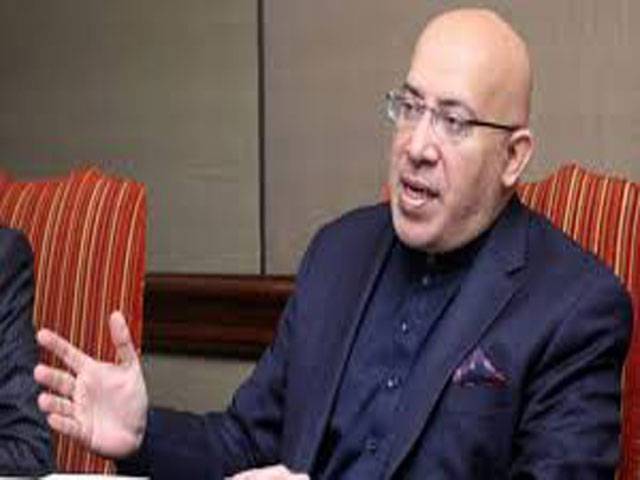Lahore-The Pakistan Industrial and Traders Associations Front Chairman Mian Nauman Kabir has stated that a National Industrial Growth Strategy is essential on part of the government with ownership at the highest level, as the growth of large-scale manufacturing (LSM) industries has slowed down to 1.2 per cent in August 2020.
Mian Nauman Kabir said that, the industry can pick up pace only with the implementation of envisaged policy measures. The plan should anticipate the private sector’s investment to lead the revival of economic activity with the help of necessary policy and regulatory support through public sector. However, in the high production of cost, it is unlikely that private sector can trigger economic expansion or increase investment. He said that industrial slowdown has broken the momentum of fast economic recovery, which the government was claiming after the end of first wave of coronavirus. Mian Nauman Kabir said that, the sluggish LSM output will heighten the risk of a prolonged economic slowdown besides increasing unemployment in the country.
Higher inflation due to currency depreciation and imposition of indirect taxes has also adversely affected purchasing power of people. He said that Prime Minister had promise of creating 10 million jobs and constructing five million homes at affordable prices - the promises that remain unfulfilled so far. With current sluggish economic growth, there will be increase in poverty and unemployment. According to reports, in August, out of 15 major industries, 8 recorded negative production growth while output of 7 major industries showed 1.9 per cent to 15 per cent growth on a year-on-year basis. The LSM had shown a 5 per cent year-on-year growth in July, which raised hopes for a quick recovery after the large industrial sector contracted more than 10 per cent in the previous fiscal year. On the back of healthy production growth in July, the cumulative expansion in first two months of the current fiscal year came in at 3.7 per cent. The Monthly Economic Indicator showed a strong growth in first two months of current fiscal year but the estimate for August may be revised later once the impact of excessive rains on trade and manufacturing became clear in the official August LSM data.
For the current fiscal year, the federal government has set the economic growth target at 2.1 per cent. However, the International Monetary Fund, in its latest World Economic Outlook, predicted only 1 per cent economic growth for Pakistan and 13.3 per cent increase in unemployment rate. Industries that registered a dip in manufacturing included coke and petroleum 5.4 per cent, pharmaceutical 0.4 per cent and automobile 13 per cent. Iron and steel production fell 9.6 per cent, electronics 25.4 per cent, leather products 30.2 per cent, engineering products 33.5 per cent and wood products 70.5 per cent in August on a year-on-year basis. Data collected by the Oil Companies Advisory Committee (OCAC) showed that 11 types of industries registered an average 0.4 per cent negative growth in August while provincial bureaus reported almost flat output growth of 0.04 per cent in 11 industries.
PIAF vice chairman Javed Siddiqi stressed the need for bringing down industrial cost of production, which is very high on account of soaring energy tariffs, expansive fuel and constant rupee depreciation along with rising import duties on inputs, making the local production uncompetitive. He asked the government to take concrete steps to attract foreign investment, saving the livelihood of millions of workers associated with various sectors.
He observed that the government will have to make visible reduction in taxes to help revive the businesses in post-corona economic strategy.






